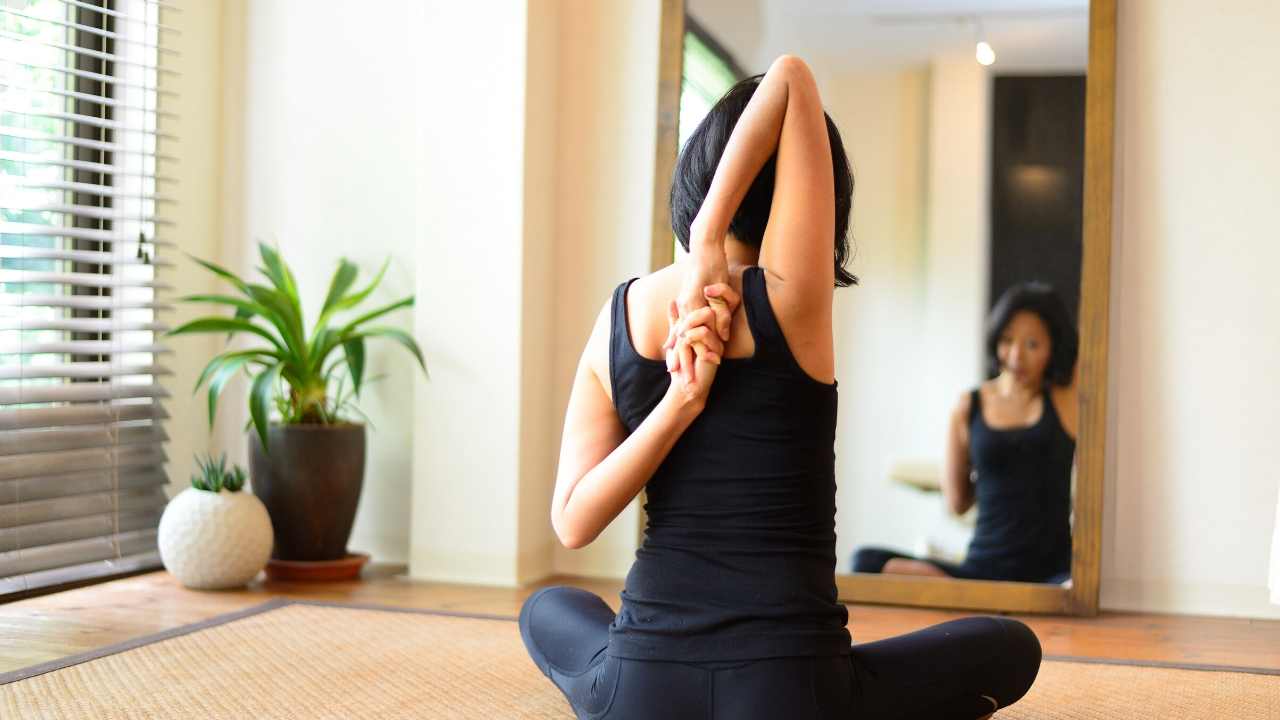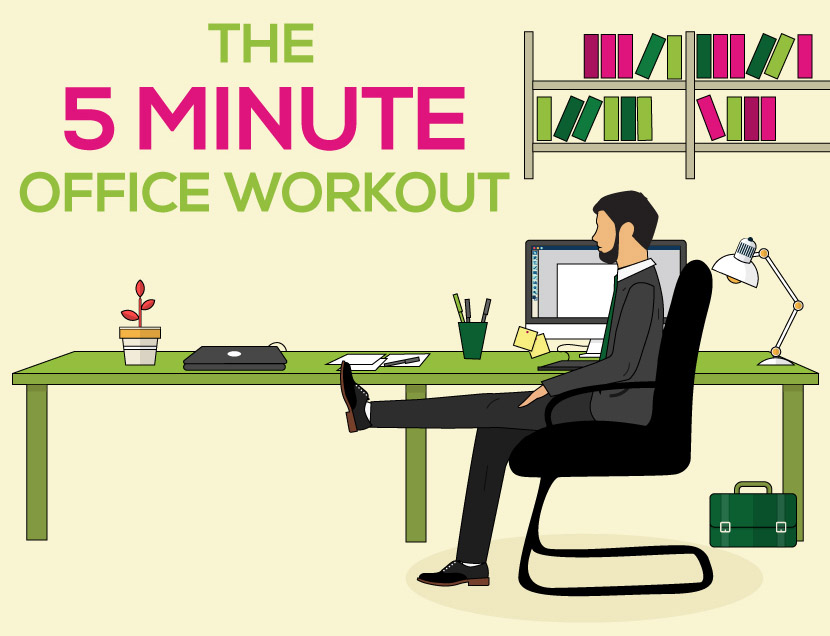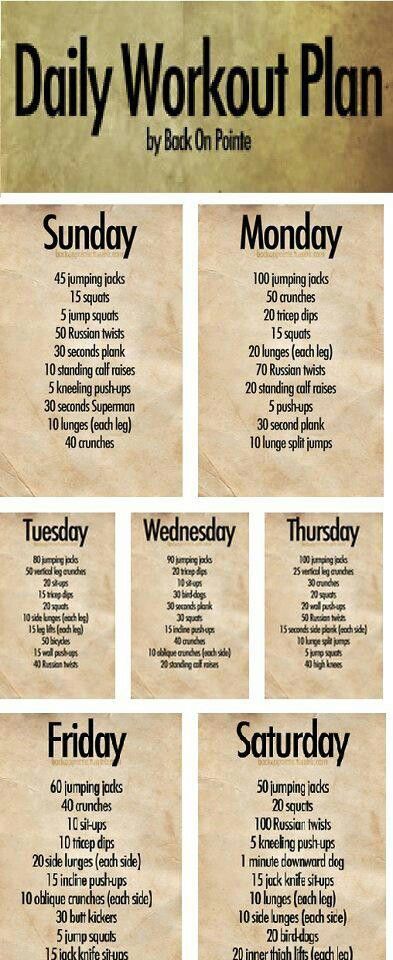
If you're intimidated by the gym, there are things to do before starting a workout. Before you start exercising, it's important to warm up. You will be able to prepare your body for exercise, and also lower your risk of injury. This will help reduce lactic acids buildup that can lead to cramps. Remember to always stretch in the same place throughout your workout.
Don't over-extend yourself. Some exercises are dangerous without a spotter, so be sure to ask for a spotter before trying new moves. Pushing yourself through your workout will only lead to more pain later. Instead, take a rest after your workout and treat yourself. You can always come back later to continue your exercise. If you are just starting out, it is a good idea to get started early and then increase the weight.

Cardio. Cardiovascular exercise is an important part of the gym. When you're working out, make sure to alternate between the upper and lower body. Try to do a half hour session if you are just starting out with exercise. If you find your workout is becoming repetitive or boring, it's time to change your routine.
To lift heavy weights, you should also consider dumbbells. The dumbbell goblet pressups are named for the fact that they're held by a goblet. These exercises will help you build a strong and healthy body. Dumbbell Romanian Deadlifts are similar to the bodyweight Squat. These exercises are meant to build strength and resilience in your body. These exercises should be part of your daily routine.
You can start your journey to fitness by learning some basic exercises. Your upper body can be worked on with dumbbells or weightlifting. The lower body is where you can build muscle mass, so you should focus on lower body fat. To get toned and lean, you will need to lift weights on both your upper and lower bodies. For a more toned upper body, aim for sculpted.

You can try different equipment if your not sure where to start. Cable machines, for example, are great for working out multiple muscle groups. A leg press is great for building muscle in the legs, and is an exercise that targets the quads, hamstrings, and glutes. Cannonball-shaped weights with handles called kettlebells can be used for strength training and cardio.
Once you've completed your workout, you should do a warm-up and cool-down. Your body does not warm up and cool off immediately so allow it to rest. There are many options for freeweights. One is TRX (Training with your own weight), which allows you use your body weight as a suspension system to lift. The treadmill is the most well-known piece of equipment. You can adjust the intensity to your heart rate to suit your needs.
FAQ
How much should you weigh for your height and age BMI calculator and chart
The best way to determine how much weight you need to lose is to use a body mass index (BMI) calculator. A healthy BMI range should be between 18.5 and 24,000. If you want to lose weight, then you should aim to drop about 10 pounds per month. Enter your weight and height into the BMI calculator.
This BMI chart shows you if it is possible to identify if you are either overweight or obese.
What is the difference in calorie and kilocalories?
Calories refer to units that are used for measuring the energy in food. Calories are a unit of measurement. One calorie contains the energy needed to raise the temperature of one gram of water by one degree Celsius.
Kilocalories can also be used to refer to calories. Kilocalories are expressed in thousandths (or a calorie). 1000 calories, for example, equals one kilocalorie.
How do you get enough vitamins?
Most of your daily vitamin requirements can be met by diet alone. Supplements are an option if you are low in any vitamin. Multivitamin supplements can be taken that contain all the vitamins you need. You can also buy individual vitamins at your local pharmacy.
Talk to your doctor if you have concerns about your nutritional intake. The best sources of vitamins K, E, and C are found in dark green leafy veggies such as spinach and broccoli, kale.
Ask your doctor to help you determine the right amount of vitamin. Your medical history and current health will help you determine the best dosage.
What are 10 healthy habits you can adopt?
-
Eat breakfast every day.
-
Don't skip meals.
-
Be balanced.
-
Get plenty of water.
-
Take good care of your body.
-
Get enough sleep.
-
Avoid junk foods.
-
Do some exercise every day.
-
Have fun!
-
Make new friends
What is the difference between fat and sugar?
Fat can be a source of energy that is obtained from food. Sugar is a sweetener found in fruits, vegetables, and other foods. Both fats (and sugars) have the same calories. However, fats contain more than twice as many calories as sugars.
Fats are stored in your body and can cause obesity. They cause cholesterol buildup which can lead to strokes and heart attacks.
Sugars are quickly absorbed by the body and provide instant energy. This causes blood glucose to rise. High blood glucose levels can lead to type II diabetes.
How can I determine what is best for my health?
Your body is your best friend. When it comes to your body's needs for exercise, food, or rest, it is the best. It's important to pay attention to your body so you don't overdo things. Pay attention to your body, and ensure that you are doing all you can to keep yourself healthy.
Statistics
- nutrients.[17]X Research sourceWhole grains to try include: 100% whole wheat pasta and bread, brown rice, whole grain oats, farro, millet, quinoa, and barley. (wikihow.com)
- In both adults and children, the intake of free sugars should be reduced to less than 10% of total energy intake. (who.int)
- According to the Physical Activity Guidelines for Americans, we should strive for at least 150 minutes of moderate intensity activity each week (54Trusted Source Smoking, harmful use of drugs, and alcohol abuse can all seriously negatively affect your health. (healthline.com)
- The Dietary Guidelines for Americans recommend keeping added sugar intake below 10% of your daily calorie intake, while the World Health Organization recommends slashing added sugars to 5% or less of your daily calories for optimal health (59Trusted (healthline.com)
External Links
How To
How to stay motivated and stick to healthy eating habits and exercise
Tips for staying healthy and motivated
Motivational Tips for Staying Healthful
-
Make a list of your goals
-
Set realistic goals
-
Be consistent
-
Reward yourself when you achieve your goal
-
Even if you make a mistake, don't quit!
-
Have fun